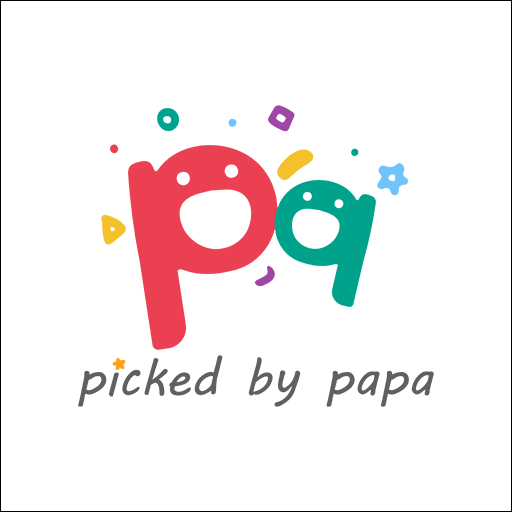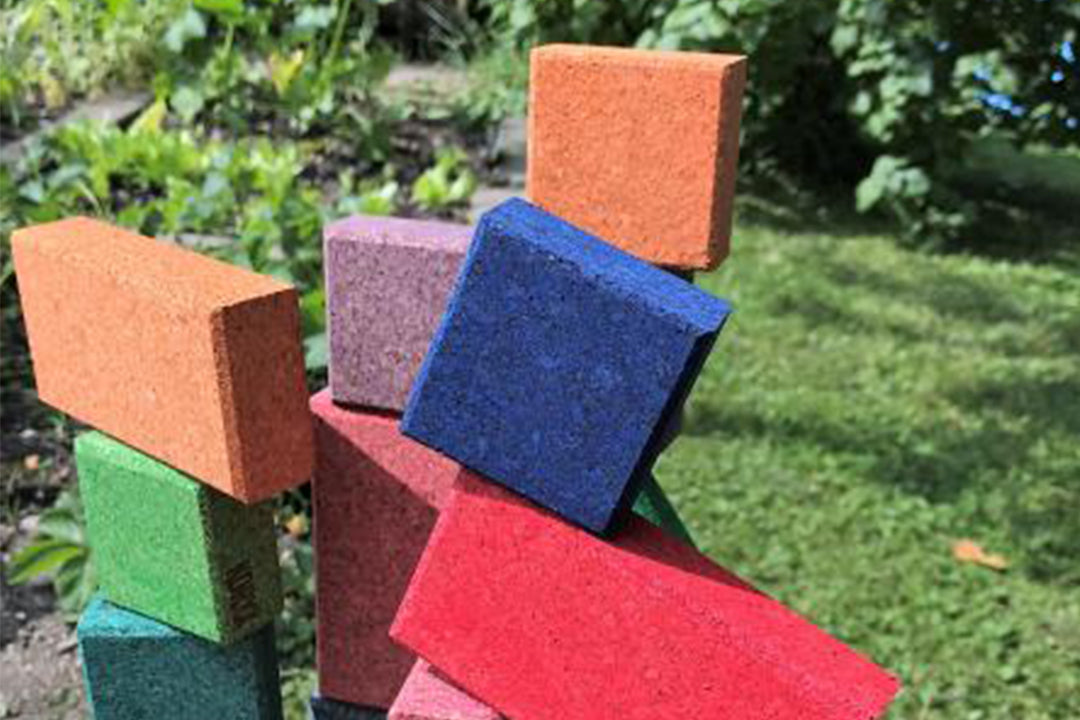Building blocks toys have been a staple of childhood play for generations. These simple yet versatile toys consist of interlocking pieces that allow children to create structures, vehicles, and imaginative worlds. Beyond mere entertainment, building blocks toys play a crucial role in nurturing and elevating child creativity. This article explores how these toys stimulate creativity, encourage cognitive development, and provide a foundation for lifelong learning.
-
Unlimited Possibilities for Exploration
Building blocks toys provide an open-ended platform for children to explore their creativity. With a set of uniform blocks, kids can construct an array of designs, from towering skyscrapers to intricate castles. This versatility allows children to experiment with different shapes, sizes, and arrangements, fostering their imagination and empowering them to turn abstract ideas into tangible creations.
-
Spatial Awareness and Visual Thinking
As children manipulate and assemble building blocks, they develop a keen sense of spatial awareness and visual thinking. They learn to understand how objects fit together, judge distances, and envision three-dimensional structures in their mind's eye. These skills are not only valuable in creative endeavors but also in subjects like mathematics, engineering, and architecture.
-
Problem-Solving Skills
Building blocks toys present challenges that stimulate problem-solving skills. Children encounter design issues, stability concerns, and the need to balance various elements in their creations. These challenges encourage them to think critically, experiment with different solutions, and refine their designs. This process of trial and error fosters resilience and a willingness to persist in the face of obstacles.
-
Fine Motor Skills and Hand-Eye Coordination
The act of manipulating small building blocks and fitting them together hones fine motor skills and hand-eye coordination. These physical skills are essential not only for creative tasks but also for everyday activities like writing, drawing, and playing musical instruments. As children practice building, they refine their dexterity and refine their ability to control movements precisely.
-
Narrative and Storytelling Skills
Building blocks toys encourage narrative and storytelling skills as children construct scenes, characters, and entire worlds. As they build, children often assign roles, invent scenarios, and create stories around their structures. This imaginative play fosters language development and the ability to articulate ideas coherently—a vital skill for effective communication.
-
Trial and Experimentation
Building blocks facilitate a safe environment for children to experiment and take risks. They can test different arrangements, combine elements, and explore unconventional designs without fear of failure. This freedom to experiment nurtures a growth mindset, where children learn that challenges are opportunities for learning and improvement.
-
Collaboration and Social Skills
Building blocks toys often invite collaboration, as children can work together to build larger structures or scenes. Collaborative play encourages communication, negotiation, and cooperation. Children learn to share ideas, compromise, and appreciate the diverse perspectives of their peers. These social skills are vital for success in school, friendships, and future workplaces.
-
Foundation for STEM Learning
The skills cultivated through building blocks toys lay a strong foundation for STEM (Science, Technology, Engineering, and Mathematics) learning. The logical thinking, problem-solving abilities, and spatial awareness developed during block play are directly applicable to STEM subjects. Many STEM toys concepts involve manipulating abstract ideas in a tangible, hands-on manner—much like building with blocks.
-
Creativity Beyond Childhood
The creative thinking fostered by building blocks toys extends well beyond childhood. The ability to think critically, innovate, and solve problems creatively is highly sought after in various professions and industries. Many architects, engineers, designers, and artists credit their early experiences with building blocks as influential in shaping their creative thinking and problem-solving skills.
-
Parent-Child Bonding
Building blocks toys also create opportunities for parent-child bonding. Collaborative building sessions allow parents to engage in their child's imaginative world, fostering a strong sense of connection and shared experiences. Through these interactions, parents can encourage their child's creativity, offer guidance, and celebrate their accomplishments.
Also Read: How Toys Help in Child Development?
What skills do building blocks develop?
Building blocks play is a multifaceted activity that nurtures a diverse range of skills in children. As children build structures with blocks, they are simultaneously constructing a solid foundation for lifelong learning, creative expression, and success in various domains. The transformative power of building blocks demonstrates that sometimes the simplest toys yield the most profound results in shaping young minds.
Let’s see some of the benefits of playing with building blocks.
- Fine motor skills and hand-eye coordination are sharpened as children manipulate and fit blocks together, refining their dexterity and control. Spatial awareness and visual-spatial reasoning are developed as kids mentally rotate, arrange, and stack blocks to create structures, enhancing their understanding of geometric relationships.
- Problem-solving skills are fostered as children encounter challenges while constructing intricate designs. They learn to troubleshoot, experiment with different arrangements, and refine their strategies, promoting critical thinking and analytical abilities. Through trial and error, children build resilience and a growth mindset, understanding that mistakes are valuable learning opportunities.
- Collaborative play with building blocks encourages social skills such as communication, cooperation, and teamwork. When children work together to create complex structures, they share ideas, negotiate roles, and contribute to a collective vision, enhancing their ability to collaborate effectively.
- Creativity flourishes as children engage in imaginative play, building not only structures but also narratives around their creations. This storytelling aspect cultivates language skills and nurtures the capacity to think outside the box, invent scenarios, and express ideas in a coherent manner.
- Cognitive skills like logical thinking and sequential planning are honed as children strategize how to bring their ideas to life through sequential block placement. Concepts like symmetry, balance, and proportion are subtly introduced, laying a foundation for future understanding of more complex mathematical and scientific principles.
Also Read: How Board Games Can Enhance Children's Learning and Development
Conclusion:
Building blocks toys are not mere playthings; they are catalysts for elevating child creativity and cognitive development. By promoting exploration, problem-solving, fine motor skills, and collaborative play, these toys empower children to think critically, communicate effectively, and innovate.

